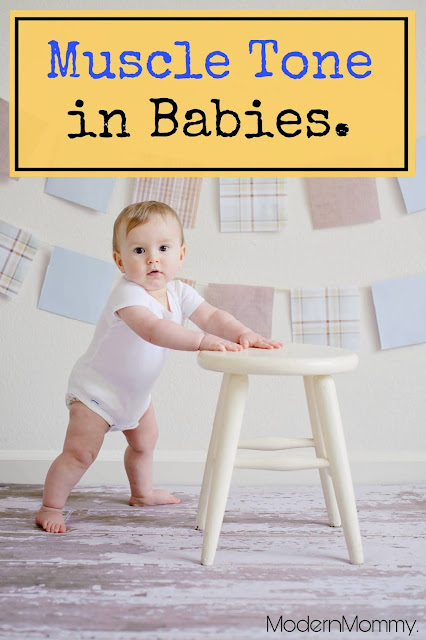Hi,
‘Muscle tone’ is the resistance of a muscle to stretch. ‘Muscle Tone’ is different from ‘Muscle strength’. ‘Muscle strength’ helps to use the muscles, whereas ‘Muscle Tone’ helps to stabilize the muscles. Muscle Tone is responsible for holding the body upright while standing, sitting and contributes to the movement, control and speed. The ‘Muscle Tone’ is created by minute sense organs called the ‘Muscle Spindles’ that are present within the fibres of the muscles. They help to maintain a slow rhythmic, continuous ‘twinkle’ that enables muscles to respond instantaneously to changes in gravity, position and speed.
to stretch. ‘Muscle Tone’ is different from ‘Muscle strength’. ‘Muscle strength’ helps to use the muscles, whereas ‘Muscle Tone’ helps to stabilize the muscles. Muscle Tone is responsible for holding the body upright while standing, sitting and contributes to the movement, control and speed. The ‘Muscle Tone’ is created by minute sense organs called the ‘Muscle Spindles’ that are present within the fibres of the muscles. They help to maintain a slow rhythmic, continuous ‘twinkle’ that enables muscles to respond instantaneously to changes in gravity, position and speed.
Issues with Muscle Tone in babies are apparent at birth. However, the issues don’t present till months or even years later. Issues with Muscle Tone may be due to genetics, conditions during pregnancy, the effect of a difficult birth, the exact cause is not known. Following are the issues with Muscle Tone -
1. ’Hypotonia’ -
———————
Hypotonia indicates a decreased muscle tone and too much flexibility. The muscles are slower to react to a stretch and are unable to sustain a prolonged muscle contraction. The muscles of hypotonic babies may feel soft, mushy or floppy and face difficulty in lifting their heads and limbs, performing fine and gross motor activities such as sitting up without support, feeding that requires coordinated and controlled movements.
2. ‘Hypertonia’ -
————————
Hypertonia indicates increased muscle tone and lack of flexibility. The muscles are in an over-reactive state to stretch and in a state of high tension. Hypertonic babies have poor balance, make stiff movements, find difficulty in reaching, pulling, walking and feeding. Hypertonia in children increases the risk for loss of range of motion and orthopaedic concerns.
Issues with muscle tone are common in babies and children. However, early detection is crucial to treat such issues and promote the healthy development of the child in all aspects. Occupational and physical therapies help children with Muscle Tone issues by increasing their flexibility, building coordination, developing strength and improving balance.
How to promote the development of a ‘ Healthy Muscle Tone’ in Babies -
——————————————————————————————-------
Babies and children need correct movements to help develop good Muscle Tone. Movement and touch are extremely important to the development of Muscle Tone as movement stimulates the balance sense (the vestibular system) which controls Muscle Tone and touch (tactile system) has an enormous effect on Muscle Tone through its interconnections to all the other sensory messages received by the brain  .
.
Babies and children with poor Muscle Tone usually develop poor touch discrimination.
Following are a few ways that help to build a good ‘Muscle Tone’ in babies and children -
1. Exercising and moving the baby‘s body in different ways by slowly spinning, rolling, tumbling, bending and stretching the arms and legs helps to stimulate the balance organs and Muscle Tone development.
2. Massaging the baby’s body with gentle yet firm strokes help stimulates the ‘twinkle’ in the muscle spindle.
3. Tummy time is a very important position that helps to develop Muscle Tone in baby’s neck, shoulders, arms and upper back.
You can try :
——————-
——————————————————————————————
Please Note : This post contains product links from www.amazon.in
——————————————————————————————


No comments:
Post a Comment